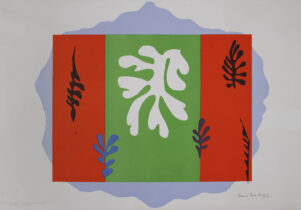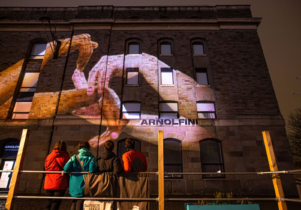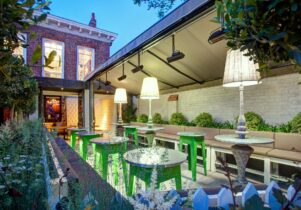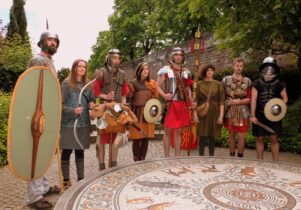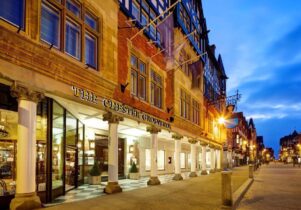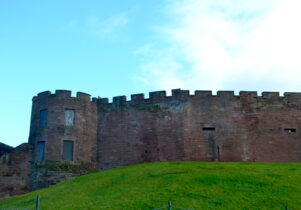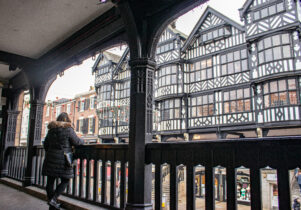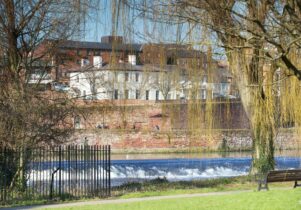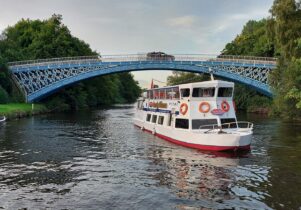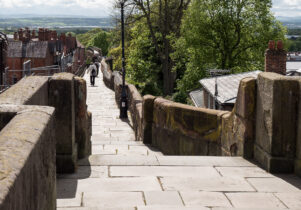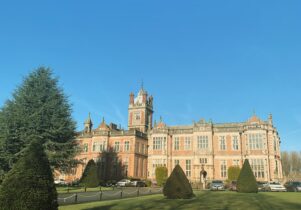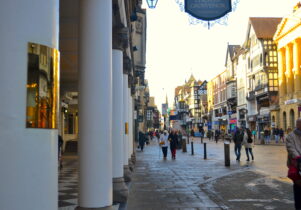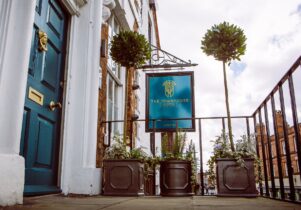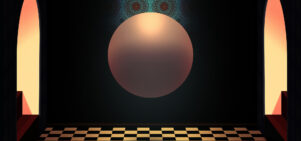Roman Gardens
Vicky Andrews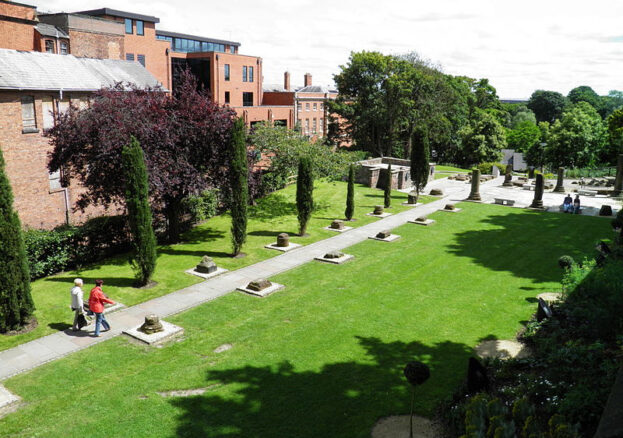
Chester’s fascinating history is one of its biggest draws and the Roman amphitheatre and gardens are the perfect place to get a feel of what life was really like in old Deva.
One and a half Millennia before horses were churning up the turf at the Roodee, crowds gathered near the banks of the river to watch gladiators battle to the death.
Built in the late first century AD, experts believe that the largest man-made Roman amphitheatre in Britain was used for both military maneuvers and crowd entertainment, cementing the importance of Chester to the Romans. This lost arena was only rediscovered in 1929 and excavation started in the 1950s. The hidden underground history has done well to survive considering houses had been built on top of it and in the early 1900s there were even talks of building a ring road across it.
About two-fifths of the oval amphitheatre is visible and the arena is lined by the original stone wall. The structure we see today had a thick outer wall (marked out by concrete slabs in the grass) and a corridor linking the stairways that took spectators up to their seats.
When you stand in the middle of the site and think about the scale of it all, it’s really quite mind-boggling. The walls were 40 feet high and the amphitheatre was around 320 feet in length and 286 feet wide, capable of holding up to 8,000 people. Imagine that standing ovation! There would also have been dungeons, stables and food booths here. Modern visitors usually bring fish and chips or a picnic.
Just next to the amphitheatre are the Roman gardens featuring further artifacts from the period, including fragments of the main baths and military buildings. None of these were originally located in the gardens, but they still manage to fire the imagination on what is a very pleasant walk down to the River Dee.



